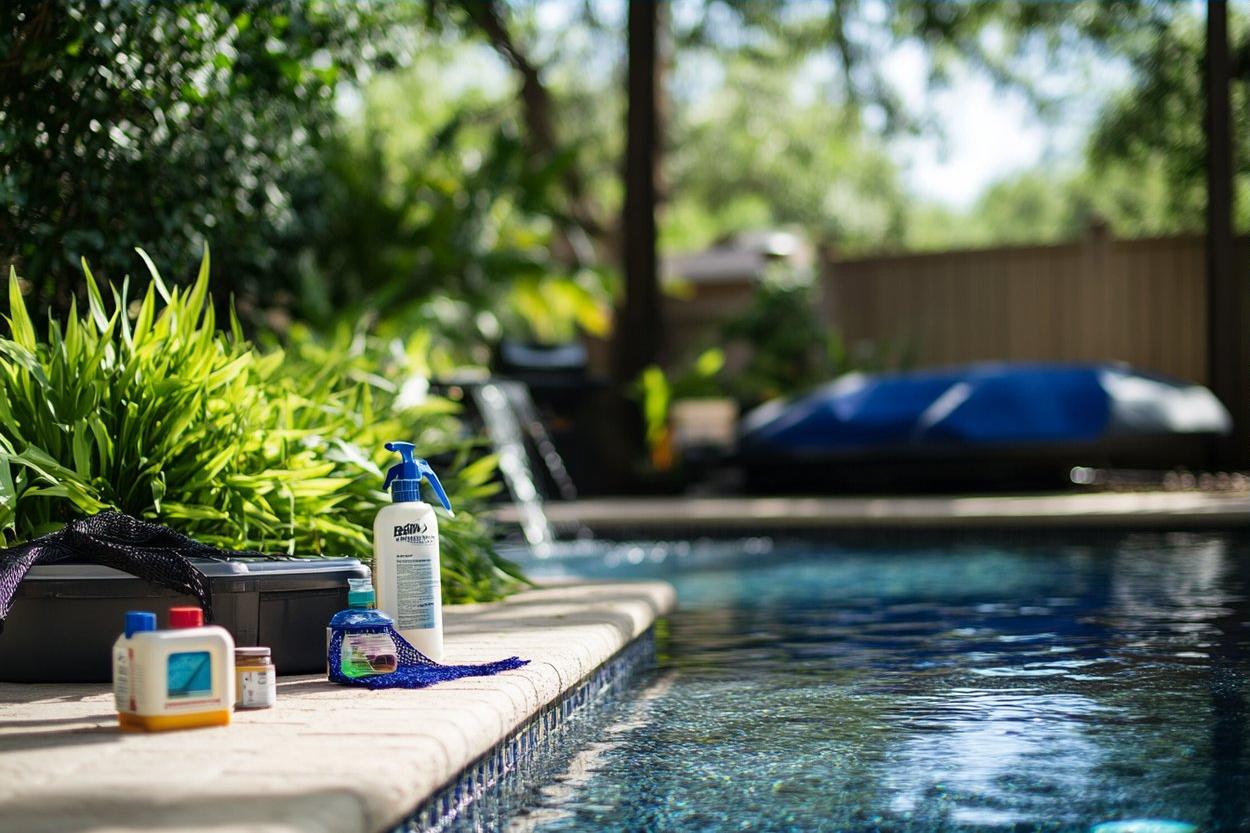Smart Pool Covers: Protecting Your Swimming Pool and Backyard Water
A well-chosen pool cover does more than hide your swimming pool when it’s not in use; it reduces evaporation, keeps debris out of the water, and enhances safety for children and pets. Whether you own a simple vinyl cover, a solar blanket, or an automatic pool cover, understanding how covers perform in your backyard helps you maintain water quality, save energy, and extend the life of pool equipment.

How does a pool cover work?
A pool cover serves several mechanical and thermal roles. Physically, it blocks leaves, dirt, and insects from entering the water, reducing filtration and cleaning demands. Thermally, many covers limit heat loss overnight and reduce evaporation by creating a barrier between water and air. Some covers, like solar blankets, also absorb sunlight and pass warmth into the pool. Materials vary—mesh, solid vinyl, and insulated fabrics each offer distinct trade-offs in durability, debris exclusion, and heat retention. Choosing the right material depends on climate, pool usage patterns, and maintenance priorities.
What benefits does a swimming pool cover provide?
The direct benefits to a swimming pool are measurable: lowered chemical consumption, reduced need for vacuuming, and less frequent backwashing of filters. By keeping sunlight and leaves out, covers limit algae growth and stabilise chemical balance, which can reduce the time and expense spent on water care. Safety-certified covers add a protective layer that can prevent accidental falls. Environmental benefits include reduced water waste from evaporation and lower energy use for heating, since less heat escapes when a pool is covered overnight or during extended periods of non-use.
Why consider an automatic pool cover?
Automatic pool covers combine convenience and safety with a simple motorised mechanism that rolls the cover on and off at the touch of a switch. They are available in retractable, slatted, or vinyl configurations and can integrate with existing pool systems and alarms. The main advantages are ease of use—making consistent coverage more likely—and stronger safety performance compared with loose tarps. Automatic covers are often more expensive up front but can deliver long-term savings by protecting equipment, reducing heating costs, and making daily pool management simpler for busy homeowners.
How does a pool cover affect your backyard?
A cover changes the visual and functional dynamics of a backyard. A neatly installed cover can create a tidy, low-maintenance look, reducing the constant chore of skimming and cleaning. Some covers can be matched to decking or patio aesthetics, while others are designed primarily for function. Consider access for landscaping, furniture placement, and pathways when selecting and positioning a cover. Safety covers can also define usable backyard space, giving homeowners peace of mind when children or pets play near the pool, although local regulations about barriers and fencing should still be followed.
How do pool covers conserve water and simplify maintenance?
Water conservation is a major, often overlooked benefit. Evaporation can account for significant water loss, particularly in hot, dry, or windy climates; a cover drastically reduces this loss by creating a barrier. Less evaporation means fewer top-ups, more stable chemical balance, and lower strain on pool pumps and heaters. Maintenance becomes predictable: with less organic material entering the pool, filtration cycles lengthen and chemical demand falls. Routine tasks shift from emergency cleaning to scheduled inspections of the cover itself—checking for tears, mechanical issues in automatic systems, and ensuring proper tension and drainage.
Conclusion
Selecting the right pool cover involves balancing budget, climate, safety needs, and aesthetic preferences. Whether opting for a simple solar blanket to reduce evaporation or investing in an automatic pool cover for convenience and added protection, the right cover can preserve water quality, lower operational costs, and make backyard pool ownership more manageable. Regular inspection and proper use maximize benefits and extend the cover’s useful life.






